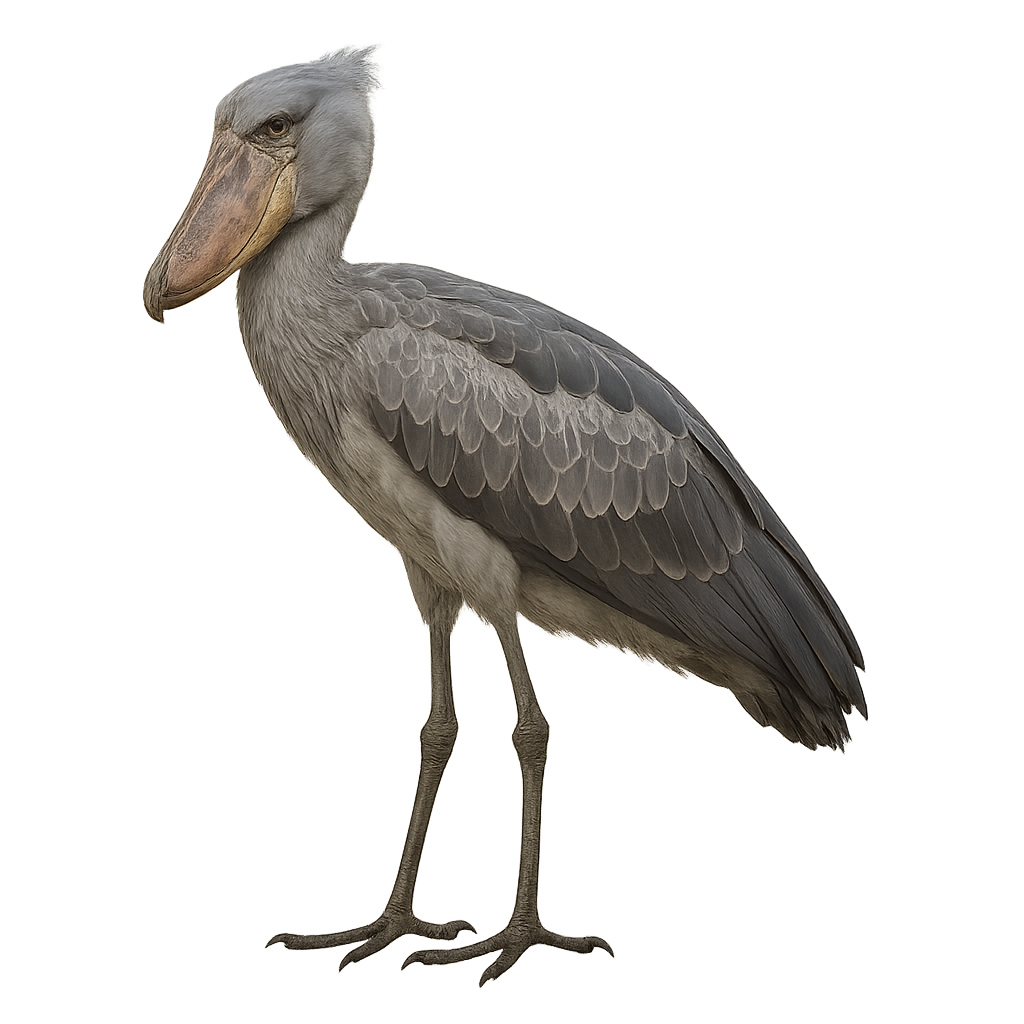Your wildlife photography guide.
Explore the shoebill stork in detail, study its behavior, prepare your shots.
Where to observe and photograph the shoebill stork in the wild
Learn where and when to spot the shoebill stork in the wild, how to identify the species based on distinctive features, and what natural environments it inhabits. The WildlifePhotographer app offers tailored photography tips that reflect the shoebill stork’s behavior, helping you capture better wildlife images. Explore the full species profile for key information including description, habitat, active periods, and approach techniques.
Shoebill stork
Scientific name: Balaeniceps rex

IUCN Status: Vulnerable
Family: CICONIIDAE
Group: Birds
Sensitivity to human approach: Suspicious
Minimum approach distance: 20 m
Courtship display: March to April
Incubation: 30-35 jours
Hatchings: April to June
Habitat:
Swamps, lakes, wetlands
Activity period :
Primarily active during the day, with peak activity in the morning and late afternoon.
Identification and description:
The Shoebill stork is a majestic and imposing bird, easily recognized by its large, shoe-shaped bill that allows it to capture fish and small aquatic animals. It is found primarily in swamps, lakes, and wetlands of East Africa, especially in Sudan, Uganda, and Rwanda. This large wader is a slow yet precise predator, sometimes waiting for long hours before striking its prey. The Shoebill is a vulnerable species due to habitat loss and hunting.
Recommended lens:
500 mm – adjust based on distance, desired framing (portrait or habitat), and approach conditions.
Photography tips:
Photograph the Shoebill stork from a distance using a telephoto lens to capture its imposing bill and posture. It is best to photograph it at sunrise or sunset, when the light is softer. Be patient and respectful of the animal, as it can be very sensitive to human presence.
The WildlifePhotographer App is coming soon!
Be the first to explore the best nature spots, track rutting seasons, log your observations, and observe more wildlife.
Already 1 429 wildlife lovers subscribed worldwide

